Pakistan is a land of diverse cultural and historical treasures, showcasing a legacy that spans thousands of years. From ancient civilizations to architectural marvels, the country is home to numerous historical and natural landmarks that reflect its rich past. Among these, UNESCO sites in Pakistan hold a special place, preserving the heritage that defines the nation’s identity.
The United Nations Educational, Scientific, and Cultural Organization (UNESCO) designates certain locations worldwide as World Heritage Sites, recognizing their cultural, historical, or natural significance. These sites are protected for future generations and attract global attention, contributing to education, tourism, and economic development.
Currently, there are six UNESCO World Heritage Sites in Pakistan, each representing a significant chapter in history. These landmarks not only showcase the artistic and architectural brilliance of past civilizations but also serve as major tourist attractions. Their conservation is crucial in promoting Pakistan’s tourism sector while preserving the nation’s legacy for the future.
Pakistan is home to some of the most remarkable historical and cultural landmarks, many of which have earned a place on the prestigious UNESCO World Heritage List. These UNESCO sites in Pakistan reflect the country’s diverse past, ranging from ancient civilizations to Mughal grandeur and Buddhist heritage. Let’s explore these six UNESCO World Heritage Sites, highlighting their history, architectural significance, and the challenges they face in preservation.
1. Archaeological Ruins at Moenjodaro (Sindh)
A Window into the Indus Valley Civilization
The archaeological ruins of Moenjodaro, located in Sindh, represent one of the earliest urban settlements in human history. Dating back to 2500 BCE, this ancient city was part of the Indus Valley Civilization, which flourished alongside the Nile and Mesopotamian civilizations.
Discovery and Excavation
Moenjodaro was rediscovered in the 1920s by Sir John Marshall. Excavations revealed an advanced civilization with planned streets, drainage systems, and impressive structures, indicating a high level of social organization.
Unique Features
- The Great Bath – A large, watertight pool likely used for religious or ceremonial purposes.
- Advanced Drainage System – Houses and streets were designed with an efficient drainage system, showcasing early urban planning.
- Standardized Brick Architecture – Buildings were made from uniform burnt bricks, a testament to the civilization’s engineering skills.
Preservation Efforts and Challenges
Moenjodaro faces severe threats due to erosion, groundwater salinity, and extreme weather conditions. UNESCO and local authorities continue to work on its conservation, but lack of funds and climate change pose ongoing challenges.
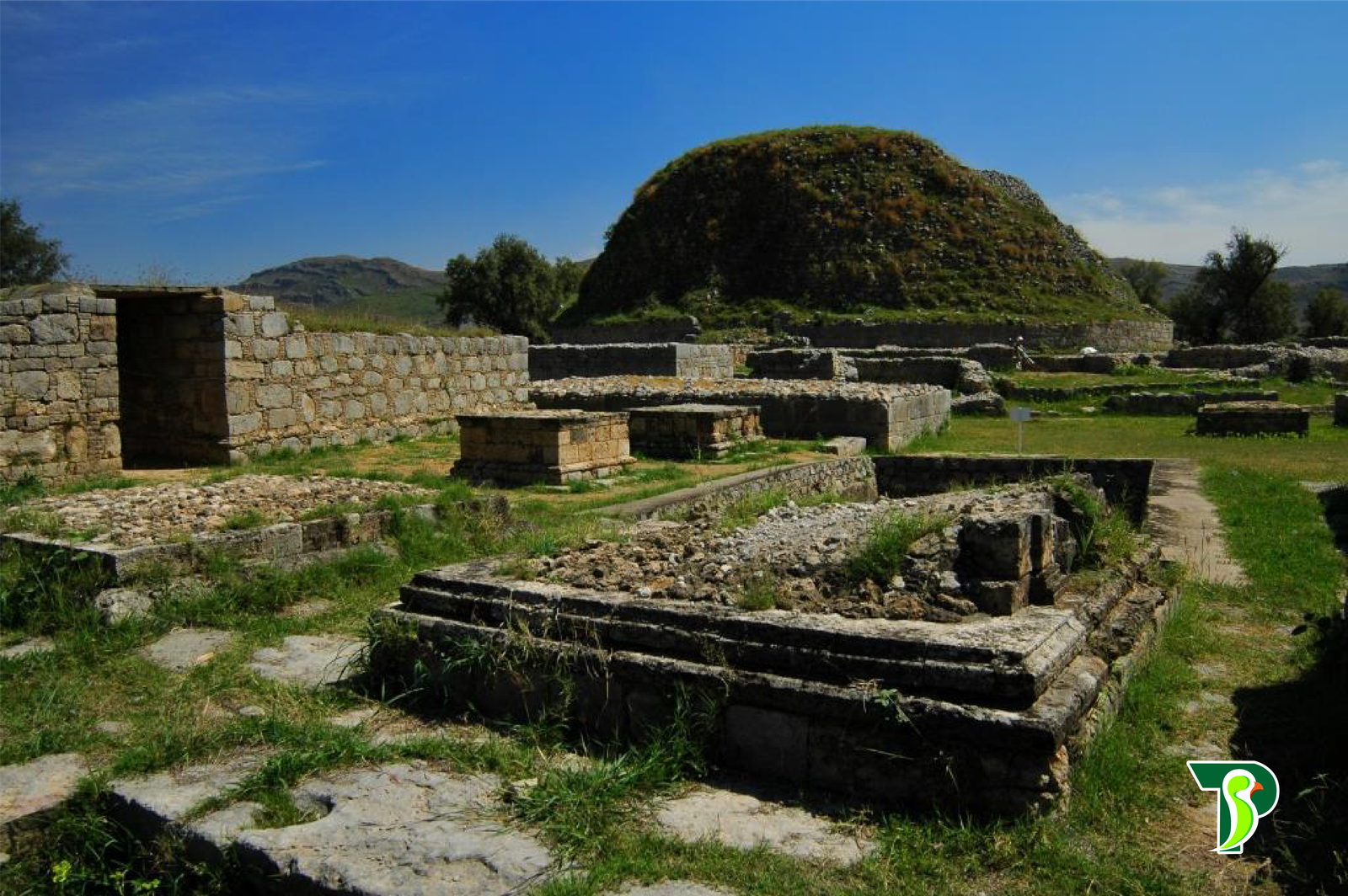

2. Buddhist Ruins of Takht-i-Bahi and Sahr-i-Bahlol (Khyber Pakhtunkhwa)
The Heart of Gandhara Civilization
Takht-i-Bahi, meaning “Throne of the Water Spring,” is one of the most well-preserved Buddhist monastic complexes from the Gandhara period (1st century CE). Located near Mardan, this site offers insights into the spread of Buddhism in the region.
Architectural Significance
The monastery complex, built on a hill, consists of:
- Stupas and Meditation Cells – Indicating the presence of monks who practiced Buddhism.
- Assembly Halls – Where Buddhist teachings were imparted.
- Courtyards and Residential Areas – Demonstrating an organized community.
Sahr-i-Bahlol Ruins
Sahr-i-Bahlol, a nearby fortified town, features ruins of an ancient city, dating back to the 2nd century BCE. The brick walls and structures showcase Gandharan architecture.
Historical Influence
Takht-i-Bahi played a major role in the spread of Mahayana Buddhism. Many Buddhist sculptures and inscriptions found here have helped historians understand the region’s religious and cultural transformation.
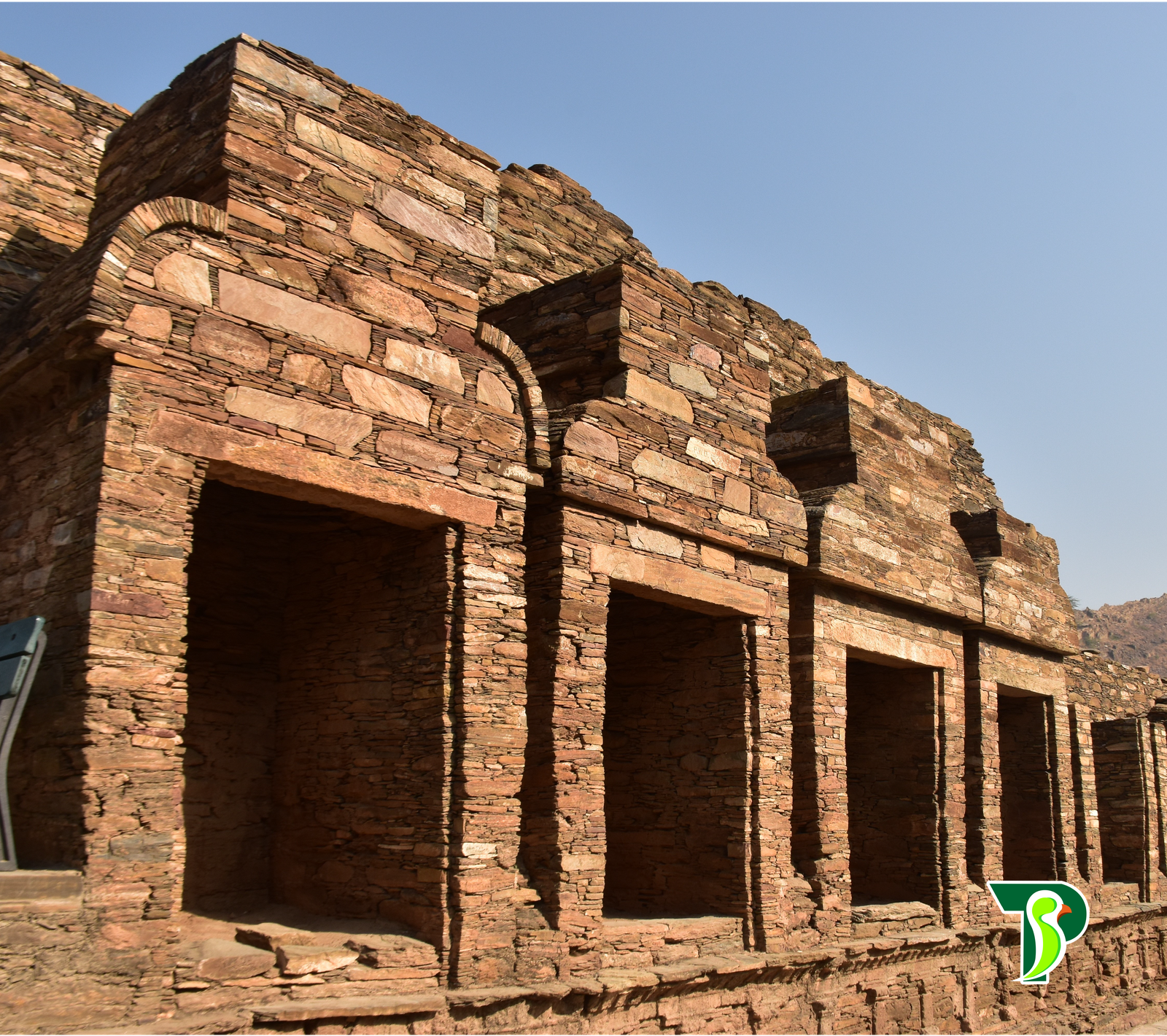

3. Lahore Fort and Shalimar Gardens (Punjab)
Mughal Masterpieces
These two UNESCO sites in Pakistan represent the grandeur of the Mughal Empire, showcasing exquisite Mughal architecture, landscaping, and craftsmanship.
Lahore Fort: A Symbol of Power
Originally built in 11th century and later expanded by Emperor Akbar in the 16th century, the fort includes:
- Sheesh Mahal (Palace of Mirrors) – A dazzling structure with intricate mirror work.
- Alamgiri Gate – A grand entrance built by Aurangzeb.
- Naulakha Pavilion – A beautifully decorated chamber.
Shalimar Gardens: The Mughal Paradise
Constructed by Emperor Shah Jahan in 1641, these Persian-inspired terraced gardens feature:
- Water fountains – Over 400 fountains adding to the garden’s charm.
- Floral landscapes – Designed with symmetry and precision.
- Royal pavilions and resting areas – Showcasing Mughal elegance.
Preservation Challenges
Urbanization and pollution in Lahore pose threats to these historical sites. Restoration projects by UNESCO aim to maintain their original beauty.


4. Makli Necropolis (Sindh)
A City of the Dead
Located in Thatta, Sindh, Makli Necropolis is one of the largest graveyards in the world, spanning over 10 square kilometers. It contains half a million tombs and mausoleums, dating from the 14th to 18th centuries.
Dynasties Buried Here
- Samma Dynasty – Built some of the oldest tombs.
- Arghun and Tarkhan Dynasties – Contributed unique Persian and Mughal architectural styles.
- Mughal Influence – Large domes and intricate tilework.
Architectural Uniqueness
- Islamic calligraphy and tile decoration – Found on tombstones.
- Blending of Persian, Mughal, and local Sindhi styles – Giving Makli a distinct look.
Conservation Efforts
Many tombs are in a state of decay due to neglect and environmental factors. UNESCO has been working with local authorities to restore damaged structures.
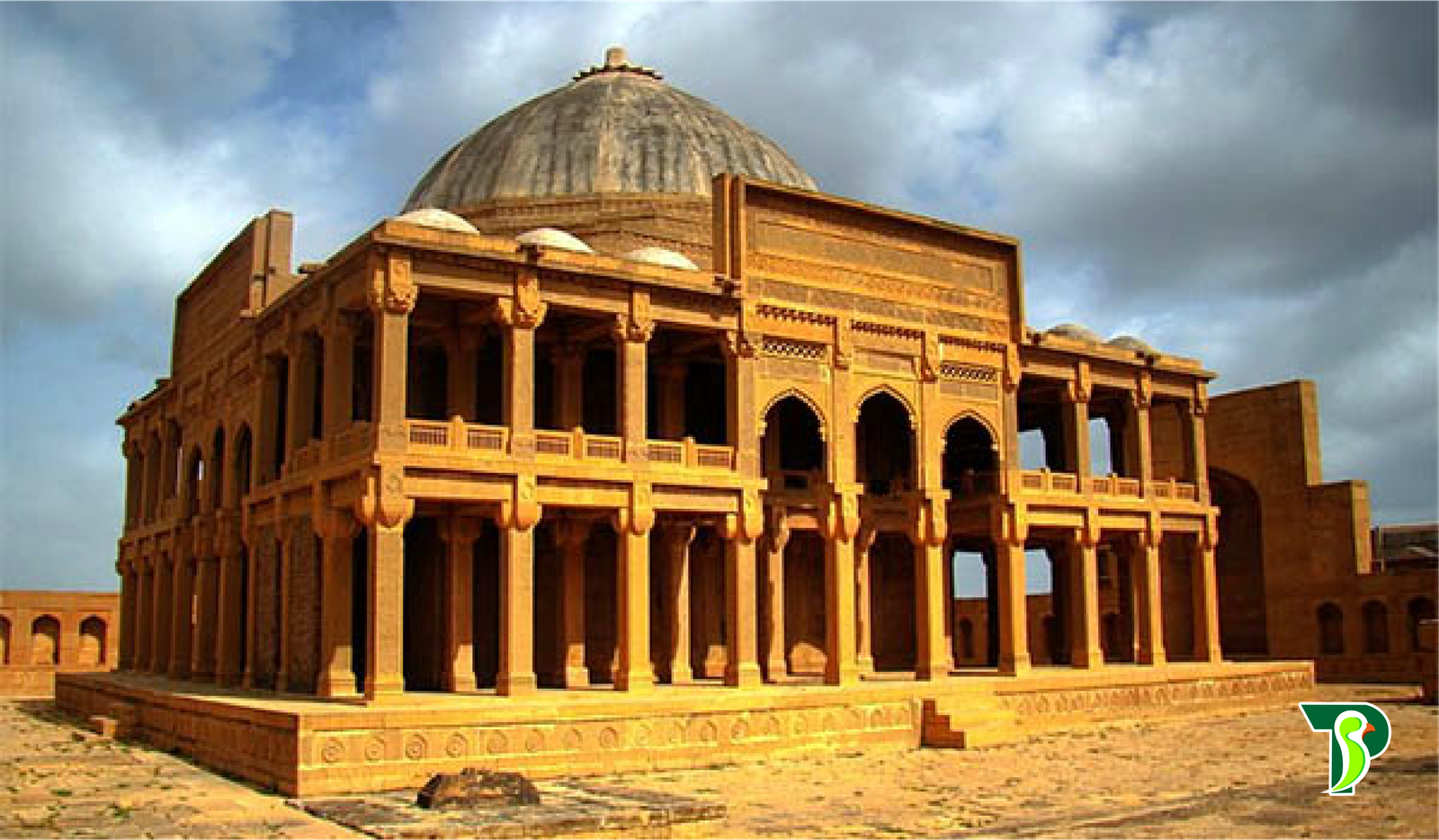

5. Rohtas Fort (Punjab)
A Military Marvel
Built by Sher Shah Suri in the 16th century, Rohtas Fort in Jhelum was designed to defend against Mughal emperor Humayun.
Strategic Location
Rohtas Fort is situated at a key trade and military route, making it an impenetrable fortress.
Architectural Brilliance
- Giant stone walls – Spread over 4 kilometers with 12 massive gates.
- Afghan and Indian design fusion – Making it a unique military structure.
- Baolis (Stepwells) – Provided water storage for soldiers.
Preservation Status
Rohtas Fort remains one of the best-preserved forts in South Asia, though some sections require urgent conservation work.
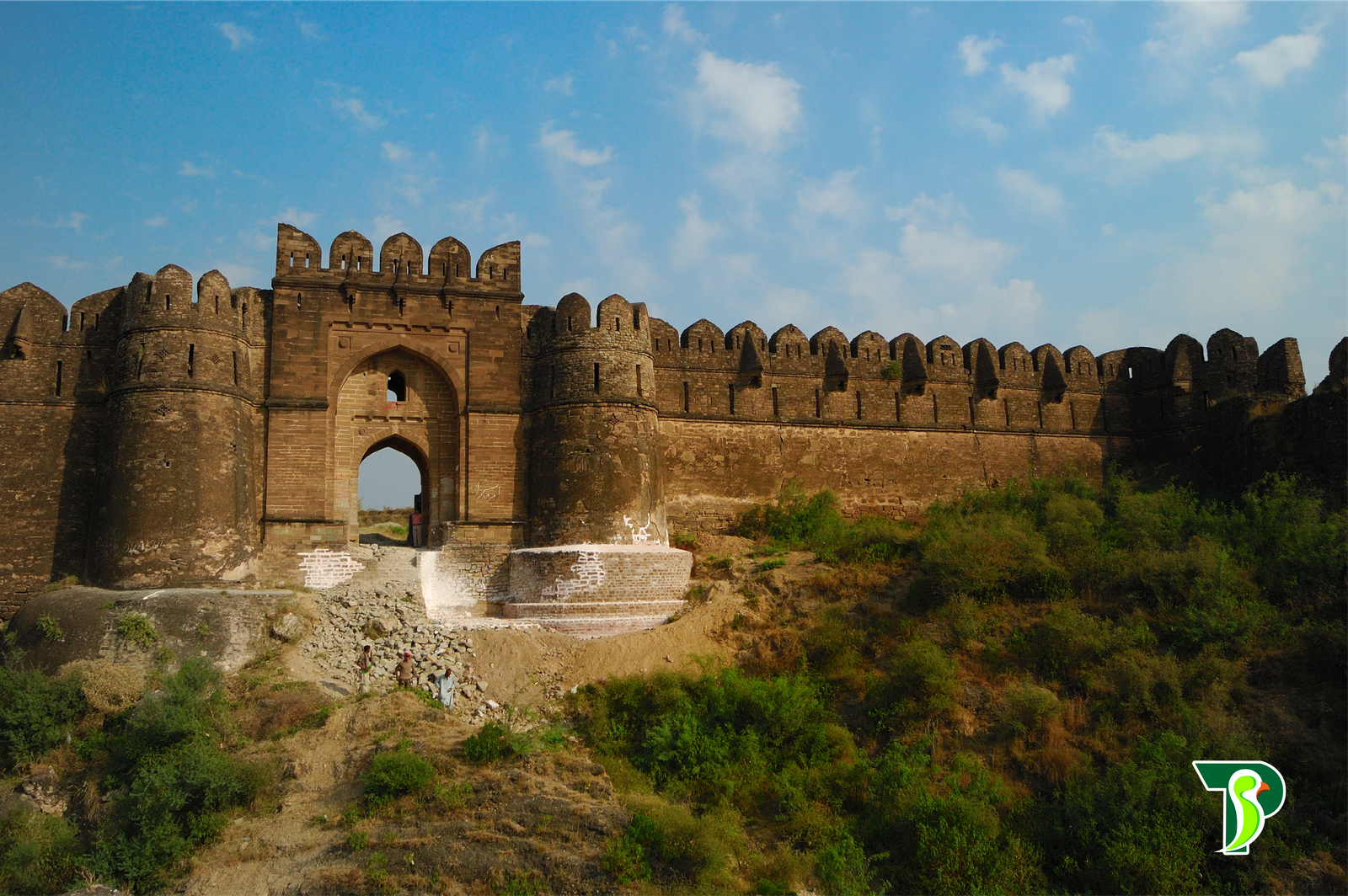

6. Taxila (Punjab)
An Ancient Center of Learning
Taxila, an ancient city dating back to 6th century BCE, was a renowned Buddhist learning hub and a part of the Silk Road trade network.
Buddhist Influence
The city housed several stupas, monasteries, and Buddhist relics, including:
- Dharmarajika Stupa – One of the oldest Buddhist stupas.
- Jaulian and Mohra Muradu Monasteries – Training centers for monks.
Taxila Museum
The Taxila Museum preserves ancient Gandharan sculptures, coins, and artifacts, showcasing the region’s historical importance.


Also See: UNESCO Sites in Pakistan – TrulyPakistan
7. Historical Monuments at Makli, Thatta (Sindh)
This section is an extension of Makli Necropolis, showcasing Islamic and Mughal architectural elements.
Significant Features
- Massive tombs with intricate tilework and inscriptions.
- Islamic calligraphy decorating the mausoleums.
- Influence of Persian and Sindhi styles in its domes and structures.
Cultural and Religious Significance
These monuments reflect Sindh’s rich religious and artistic history, representing different rulers and dynasties.
The UNESCO sites in Pakistan are a testament to the country’s rich history and cultural legacy. From the ancient ruins of Moenjodaro to the Mughal splendor of Lahore Fort and Shalimar Gardens, these sites hold immense historical and architectural significance. Preservation and awareness efforts are essential to safeguard these treasures for future generations, ensuring that Pakistan’s diverse heritage continues to inspire the world.
While UNESCO sites in Pakistan already highlight the country’s rich historical and cultural heritage, several other locations hold immense potential to be added to the World Heritage List. These tentative sites reflect Pakistan’s diverse landscape, architectural brilliance, and ancient engineering marvels. Let’s explore some of the most promising candidates.


8. Ranikot Fort (Sindh) – The Great Wall of Sindh
An Architectural Wonder
Often referred to as the “Great Wall of Sindh,” Ranikot Fort is one of the largest forts in the world, covering an area of 32 kilometers. Located in Jamshoro District, Sindh, this massive structure is believed to have been built during the Talpur Dynasty (18th century), although its origins remain a mystery.
Unique Features
- Gigantic Walls – Built with limestone and natural rock, resembling the Great Wall of China.
- Meeri Fort – A fort within the fort, serving as the citadel.
- Strategic Military Design – Positioned to guard against invasions.
Why It Deserves UNESCO Recognition
- One of the largest forts in the world, yet remains underexplored.
- Significant for military history and Sindhi heritage.
- Needs conservation efforts due to natural decay and neglect.
9. Hingol National Park (Balochistan) – Geological Wonders and Biodiversity
A Natural Marvel
Hingol National Park, located in Balochistan, is the largest national park in Pakistan, covering 6,100 square kilometers. It is famous for its diverse ecosystems, unique rock formations, and wildlife.
Notable Features
- Princess of Hope and Sphinx Rock – Naturally sculpted rock formations resembling a princess and the Egyptian Sphinx.
- Hingol River and Mud Volcanoes – Home to one of the few active mud volcanoes in the world.
- Diverse Wildlife – Includes the Sindh Ibex, Balochistan Bear, and Indian Pangolin.
Why It Deserves UNESCO Recognition
- A geological wonder with rare rock formations and landscapes.
- Vital biodiversity hotspot, housing rare and endangered species.
- Unique cultural and spiritual significance, with Hindu pilgrims visiting the Hinglaj Mata Temple.
10. Derawar Fort (Punjab) – The Majestic Desert Fortress
A Desert Jewel in the Cholistan
Rising from the Cholistan Desert, Derawar Fort is a majestic fortress built by Rai Jajja Bhatti in the 9th century and later rebuilt by the Abbasid rulers of Bahawalpur in the 18th century.
Unique Features
- 40 Massive Bastions – Towering 30 meters high, visible from miles away.
- Red Brick Structure – Constructed with baked bricks, standing resilient against the desert’s harsh climate.
- Historic Royal Connections – Served as the residence of the Nawab of Bahawalpur.
Why It Deserves UNESCO Recognition
- One of the most stunning forts in South Asia, yet vastly underrated.
- Represents the cultural and military history of South Punjab.
- Urgent need for conservation, as parts of the fort are crumbling due to neglect.
11. Karez System (Balochistan) – Ancient Underground Water Channeling System
A Historical Engineering Marvel
The Karez irrigation system is an ancient underground water supply network, primarily found in Balochistan. This centuries-old technique was used to transport water from mountains to settlements in arid regions.
How It Works
- Underground Tunnels – Water flows through a series of underground channels.
- Gravity-Based System – No need for mechanical pumps; relies on natural slopes.
- Sustainable Water Supply – Provides year-round water for agriculture.
Why It Deserves UNESCO Recognition
- A 5,000-year-old water management system, still in use today.
- Represents sustainable and eco-friendly engineering.
- Currently endangered due to modern irrigation techniques and climate change.
The UNESCO sites in Pakistan already highlight the country’s rich cultural, historical, and natural heritage, but several sites deserve recognition. Ranikot Fort, Hingol National Park, Derawar Fort, and the Karez System showcase Pakistan’s architectural, natural, and engineering marvels. Gaining UNESCO World Heritage status for these sites would not only enhance global recognition but also promote conservation and tourism, ensuring these treasures remain protected for future generations.
The UNESCO sites in Pakistan are not just historical landmarks; they are symbols of cultural identity, architectural brilliance, and natural beauty. Their preservation is vital for heritage conservation, tourism growth, and economic development. As Pakistan continues to explore its rich history, ensuring the protection of these sites becomes a collective responsibility for the government, international bodies, and travelers.
Importance of Preservation and Heritage Conservation
Safeguarding History for Future Generations
Each UNESCO World Heritage Site in Pakistan tells a story of ancient civilizations, architectural achievements, and historical events. Preserving these sites ensures that future generations can learn about Pakistan’s past and cultural evolution.
Preventing Irreversible Damage
Many historical sites are at risk due to:
- Environmental degradation (climate change, erosion, pollution).
- Urbanization and encroachments affecting heritage sites.
- Lack of maintenance and conservation efforts leading to deterioration.
By investing in restoration projects, we can protect these landmarks from further damage.
Pakistan’s Tourism Potential Linked to UNESCO Sites
Boosting the Travel Industry
The UNESCO sites in Pakistan are major attractions for both domestic and international tourists. Countries that promote their heritage sites experience significant economic benefits through:
- Increased tourism revenue from entry fees, guided tours, and hospitality services.
- Employment opportunities for local communities (tour guides, hospitality staff, artisans).
- Cultural exchange and international exposure, making Pakistan a global tourism hub.
Heritage and Adventure Tourism
Pakistan offers a diverse travel experience, from the historical wonders of Taxila and Moenjodaro to the natural beauty of Hingol National Park. By developing infrastructure, better security, and tourism-friendly policies, Pakistan can unlock its full tourism potential.
Role of Government and International Organizations in Restoration Efforts
Government Initiatives for Heritage Protection
The Government of Pakistan has taken several steps to preserve and promote UNESCO sites, such as:
- Establishing heritage conservation departments.
- Allocating funds for site restoration and maintenance.
- Collaborating with private organizations to promote sustainable tourism.
UNESCO’s Role in Preservation
UNESCO and other international bodies work closely with Pakistan to:
- Provide technical expertise in restoration projects.
- Conduct research and training programs for local conservation teams.
- Raise awareness about endangered sites, ensuring global support.
Challenges in Restoration
Despite efforts, challenges remain:
- Lack of awareness about the significance of these sites.
- Insufficient funding for large-scale restoration projects.
- Unregulated tourism causing damage to historical structures.
Addressing these issues requires stronger policies and active participation from local and international stakeholders.
How Travelers Can Contribute to Sustainable Tourism
Responsible Tourism Practices
Travelers play a key role in protecting UNESCO sites in Pakistan. Here’s how they can contribute:
- Follow conservation guidelines (avoid littering, respect restricted areas).
- Support local businesses (buying handmade crafts, dining at local eateries).
- Use eco-friendly travel options (reducing carbon footprint by choosing sustainable transportation).
- Spread awareness by promoting responsible tourism through social media and word of mouth.
Volunteer for Heritage Conservation
Tourists and locals can join heritage conservation projects, such as:
- Guided clean-up drives at heritage sites.
- Fundraising initiatives for restoration programs.
- Educational workshops to teach communities about the importance of preservation.
The UNESCO sites in Pakistan are priceless assets that define the country’s cultural richness and historical depth. Their preservation is crucial for protecting Pakistan’s identity, boosting tourism, and educating future generations. With active government support, international collaboration, and responsible tourism, we can ensure that these heritage treasures remain intact for centuries to come.
By appreciating and conserving Pakistan’s UNESCO sites, we honor the past while securing a future where history continues to inspire and educate.
The UNESCO sites in Pakistan are not just historical landmarks; they are symbols of cultural identity, architectural brilliance, and natural beauty. Their preservation is vital for heritage conservation, tourism growth, and economic development. As Pakistan continues to explore its rich history, ensuring the protection of these sites becomes a collective responsibility for the government, international bodies, and travelers.
Importance of Preservation and Heritage Conservation
Safeguarding History for Future Generations
Each UNESCO World Heritage Site in Pakistan tells a story of ancient civilizations, architectural achievements, and historical events. Preserving these sites ensures that future generations can learn about Pakistan’s past and cultural evolution.
Preventing Irreversible Damage
Many historical sites are at risk due to:
- Environmental degradation (climate change, erosion, pollution).
- Urbanization and encroachments affecting heritage sites.
- Lack of maintenance and conservation efforts leading to deterioration.
By investing in restoration projects, we can protect these landmarks from further damage.
Pakistan’s Tourism Potential Linked to UNESCO Sites
Boosting the Travel Industry
The UNESCO sites in Pakistan are major attractions for both domestic and international tourists. Countries that promote their heritage sites experience significant economic benefits through:
- Increased tourism revenue from entry fees, guided tours, and hospitality services.
- Employment opportunities for local communities (tour guides, hospitality staff, artisans).
- Cultural exchange and international exposure, making Pakistan a global tourism hub.
Heritage and Adventure Tourism
Pakistan offers a diverse travel experience, from the historical wonders of Taxila and Moenjodaro to the natural beauty of Hingol National Park. By developing infrastructure, better security, and tourism-friendly policies, Pakistan can unlock its full tourism potential.
Role of Government and International Organizations in Restoration Efforts
Government Initiatives for Heritage Protection
The Government of Pakistan has taken several steps to preserve and promote UNESCO sites, such as:
- Establishing heritage conservation departments.
- Allocating funds for site restoration and maintenance.
- Collaborating with private organizations to promote sustainable tourism.
UNESCO’s Role in Preservation
UNESCO and other international bodies work closely with Pakistan to:
- Provide technical expertise in restoration projects.
- Conduct research and training programs for local conservation teams.
- Raise awareness about endangered sites, ensuring global support.
Challenges in Restoration
Despite efforts, challenges remain:
- Lack of awareness about the significance of these sites.
- Insufficient funding for large-scale restoration projects.
- Unregulated tourism causing damage to historical structures.
Addressing these issues requires stronger policies and active participation from local and international stakeholders.
How Travelers Can Contribute to Sustainable Tourism
Responsible Tourism Practices
Travelers play a key role in protecting UNESCO sites in Pakistan. Here’s how they can contribute:
- Follow conservation guidelines (avoid littering, respect restricted areas).
- Support local businesses (buying handmade crafts, dining at local eateries).
- Use eco-friendly travel options (reducing carbon footprint by choosing sustainable transportation).
- Spread awareness by promoting responsible tourism through social media and word of mouth.
Volunteer for Heritage Conservation
Tourists and locals can join heritage conservation projects, such as:
- Guided clean-up drives at heritage sites.
- Fundraising initiatives for restoration programs.
- Educational workshops to teach communities about the importance of preservation.
The UNESCO sites in Pakistan are priceless assets that define the country’s cultural richness and historical depth. Their preservation is crucial for protecting Pakistan’s identity, boosting tourism, and educating future generations. With active government support, international collaboration, and responsible tourism, we can ensure that these heritage treasures remain intact for centuries to come.
By appreciating and conserving Pakistan’s UNESCO sites, we honor the past while securing a future where history continues to inspire and educate.
Subscribe To Our Newsletter For Latest Updates

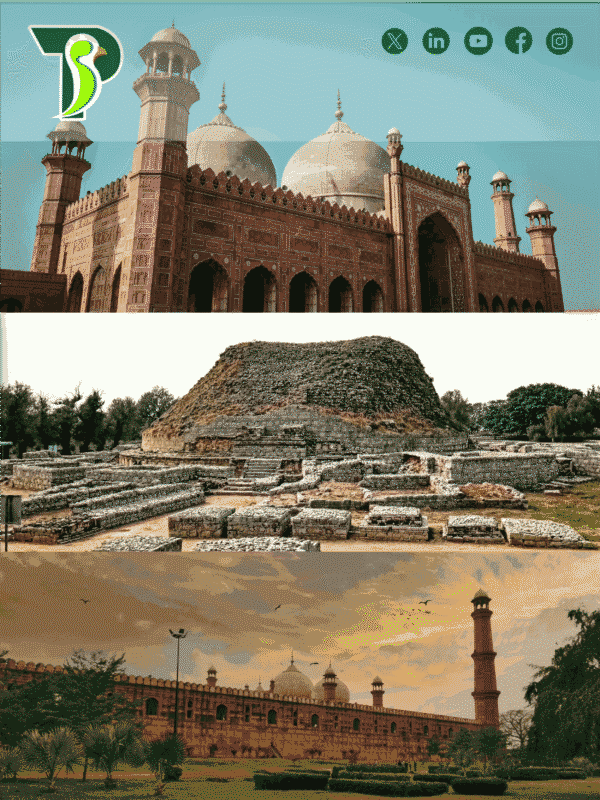
One thought on “UNESCO Sites in Pakistan: Exploring the Country’s Rich Heritage and History”